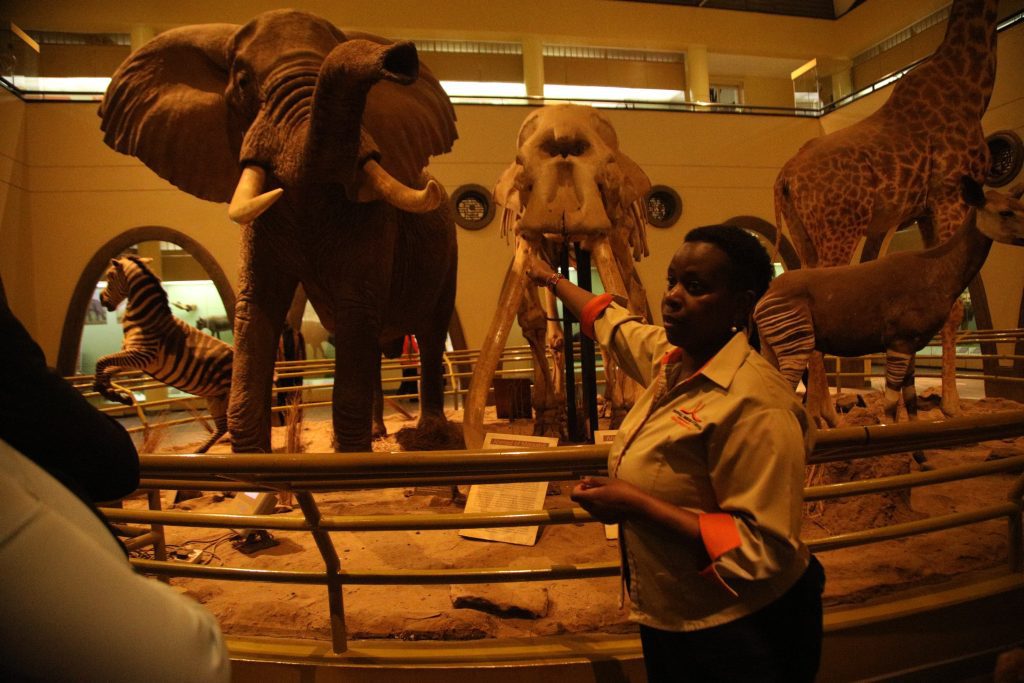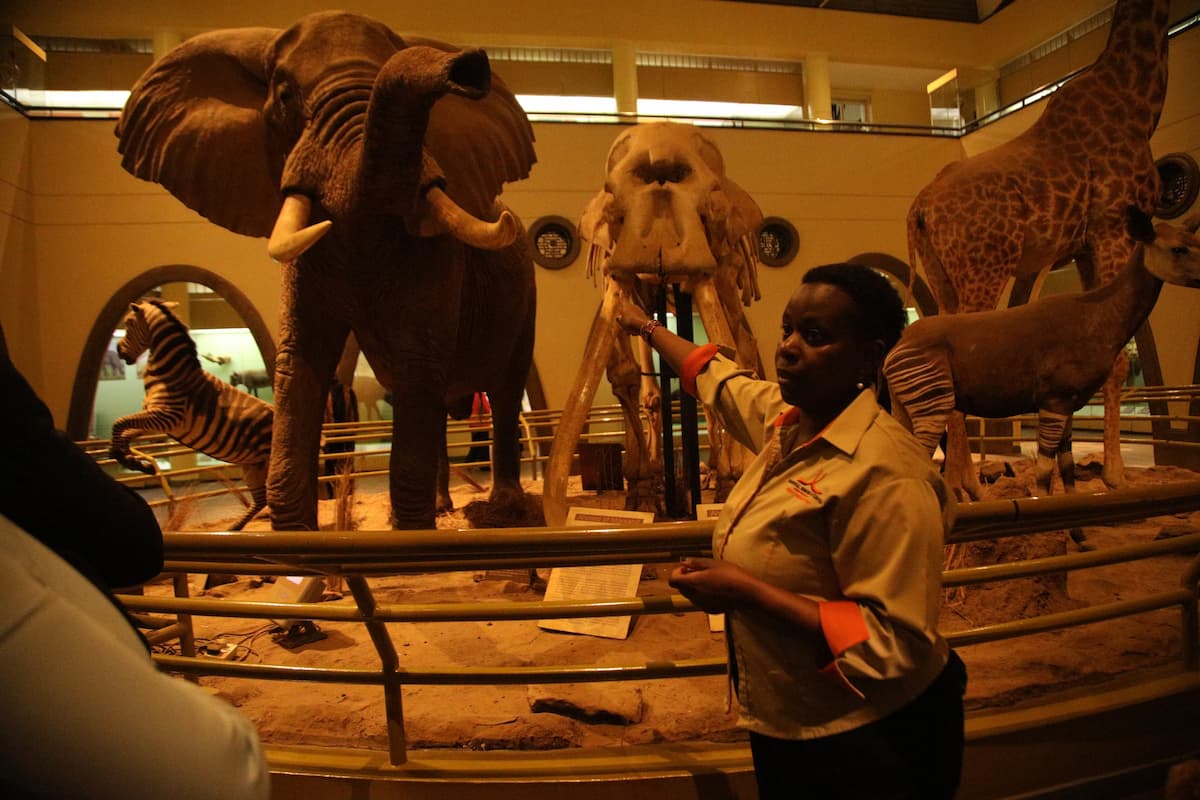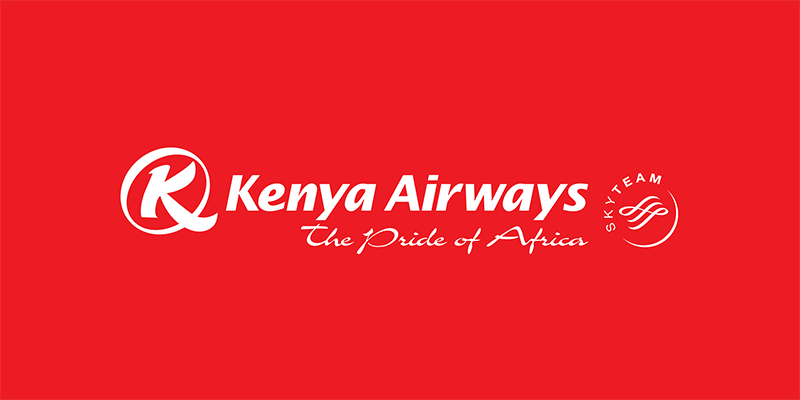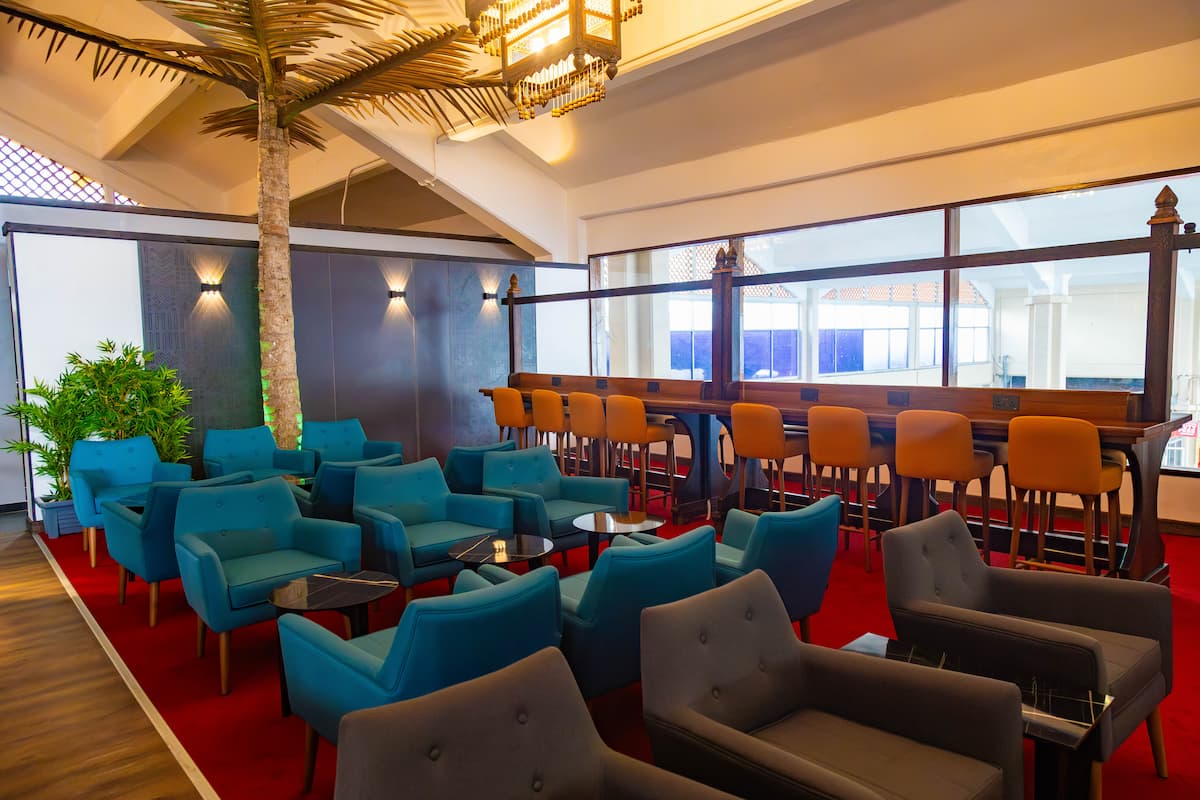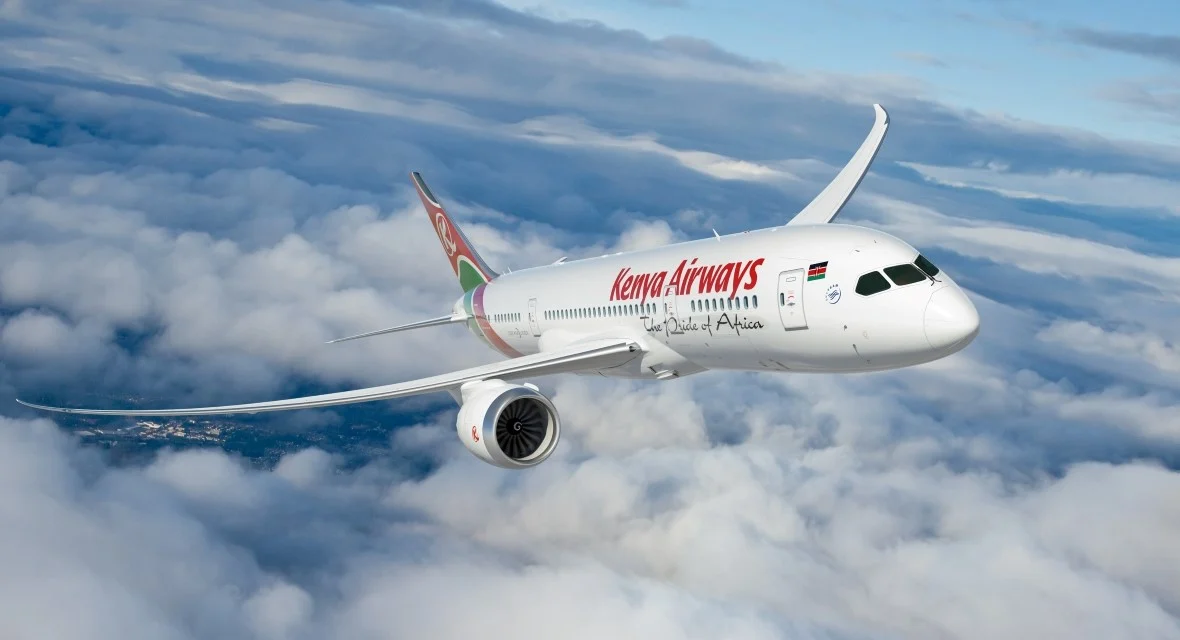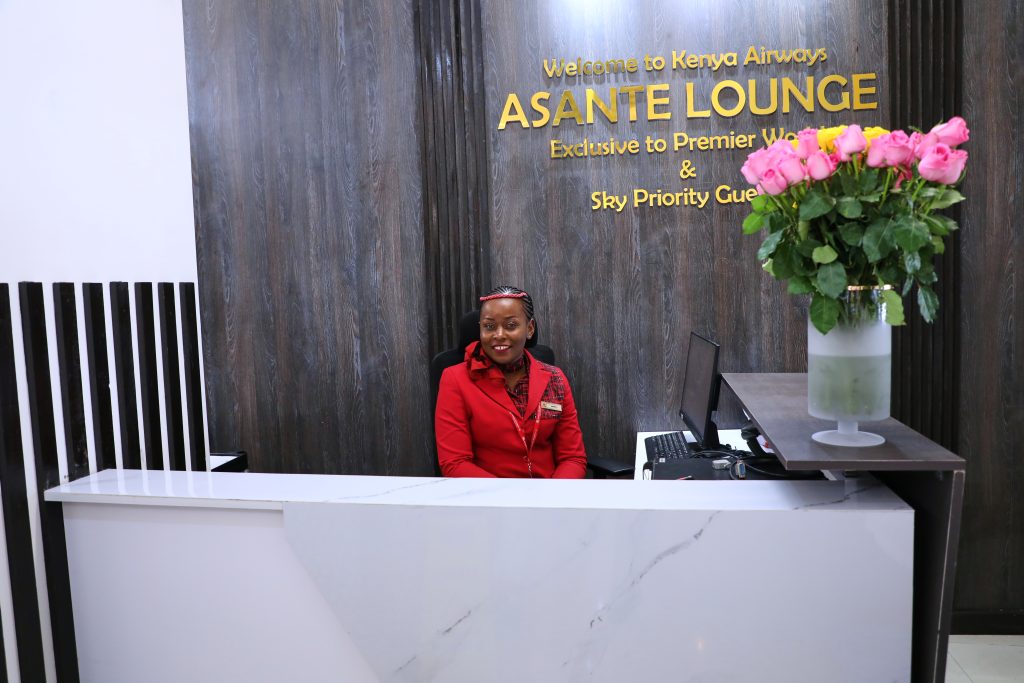The International Exhibition of Medical Tourism is set to take place in Dubai on October 17-18, 2024, at the prestigious Habtoor Palace. This highly anticipated event will gather healthcare professionals, institutions, and medical tourism experts from around the globe, focusing on the latest advancements in medical technology, healthcare services, and tourism.
Organized by the International Chamber of Healthcare and Medical Tourism (ICHMT), the exhibition aims to foster a collaborative and innovative ecosystem where stakeholders from diverse healthcare sectors can come together to share knowledge, build partnerships, and explore opportunities to advance medical tourism. As Dubai continues to establish itself as a key player in global health tourism, this event promises to be a cornerstone in connecting industry leaders with the latest innovations and best practices.
ICHMT’s Vision and Mission
At ICHMT, the vision is clear: to create a world where every healthcare professional, institution, and business thrives in an ecosystem of collaboration and innovation. The Chamber envisions a future where global healthcare communities work seamlessly together, harnessing technological advancements and medical expertise to make high-quality healthcare accessible to all.
The Chamber’s mission focuses on promoting collaboration, fostering innovation, and maintaining excellence across the healthcare industry. By providing platforms like the International Exhibition of Medical Tourism, ICHMT encourages the exchange of knowledge, the formation of strategic partnerships, and the promotion of healthcare policies that improve the quality and affordability of medical services worldwide.
Why Dubai?
Dubai’s position as a hub for medical tourism has been solidified over recent years. In 2023, the emirate welcomed over 691,000 health tourists, generating more than AED 1.03 billion in healthcare spending. This success was built on the foundations laid in 2022, when health tourism in Dubai saw 674,000 visitors spending AED 992 million. The city’s state-of-the-art healthcare infrastructure, skilled medical professionals, and high standards in patient care make it an attractive destination for medical tourists from around the world.
Key Participants
The International Exhibition of Medical Tourism in Dubai will feature a wide range of participants, including:
Healthcare Professionals: Doctors, nurses, specialists, and allied health professionals.
Medical Tourism Facilitators: Agencies, hotels, and destination management companies.
Healthcare Institutions: Hospitals, clinics, rehabilitation centers, and academic medical institutions.
Healthcare Industry Leaders: Pharmaceutical companies, medical device manufacturers, biotech firms, and health IT providers.
Wellness Practitioners: Experts in alternative therapies such as Ayurveda, traditional Chinese medicine, and holistic healthcare.
Government Agencies: Health ministries, regulatory bodies, and economic development agencies focused on promoting healthcare investment.
What to Expect at the Exhibition
Attendees can look forward to insightful keynote speeches, panel discussions, and workshops that delve into the future of medical tourism. Topics will range from innovations in medical technology and healthcare services to best practices in healthcare management, patient care, and international collaboration. Networking opportunities will allow participants to forge meaningful connections, explore business ventures, and discuss future collaborations in the healthcare and medical tourism sectors.
A Traveler’s Guide to Dubai During the Medical Tourism Exhibition
If you’re planning to visit Dubai for the International Exhibition of Medical Tourism, here’s a guide to help you make the most of your trip:
1. Getting There
Dubai International Airport (DXB) is one of the busiest and most well-connected airports in the world. Direct flights from major cities around the globe make it easy to reach Dubai. Once you land, the city’s modern transport system, including taxis, metro, and buses, will ensure smooth travel around the city.
2. Where to Stay
If you are attending the exhibition at Habtoor Palace, consider staying in one of the luxury hotels nearby. The Habtoor Palace itself offers an opulent stay, while other nearby options include the Waldorf Astoria and Hilton Dubai Al Habtoor City.
3. Exploring Dubai
While in Dubai, make sure to explore the city’s iconic landmarks. From the towering Burj Khalifa to the enchanting Dubai Fountain, there’s no shortage of things to see. For more culturally inclined travelers, a visit to the Dubai Museum or a stroll through the historic Al Fahidi district is a must. And of course, don’t miss the opportunity to shop at the world-famous Dubai Mall or souks that offer a blend of modern and traditional goods.
4. Medical Tourism Services
If you’re in Dubai for medical purposes, the city offers a wide range of specialized treatments in areas like cardiology, fertility, cosmetic surgery, and wellness therapies. Make sure to research accredited healthcare facilities in advance and schedule consultations with specialists as required.
5. Dining and Entertainment
Dubai’s culinary scene is diverse and world-class, with a mix of traditional Middle Eastern flavors and international cuisine. After a long day at the exhibition, you can unwind at one of the city’s many high-end restaurants or enjoy an evening at Dubai’s beaches and nightlife spots.
6. Weather in October
Dubai in October enjoys warm weather, with temperatures ranging from 25°C to 35°C. While it’s cooler than the peak summer months, it’s still advisable to wear light, breathable clothing and stay hydrated while exploring the city.
Conclusion
The International Exhibition of Medical Tourism in Dubai is not just an event; it’s a gateway to the future of global healthcare collaboration. By bringing together medical professionals, industry leaders, and government bodies from around the world, the exhibition will drive innovation and progress in the medical tourism sector. As a visitor, you’ll also have the chance to experience Dubai’s world-renowned hospitality, cutting-edge healthcare services, and vibrant culture, making it a trip worth remembering.
Source: Travel and Tour World.
